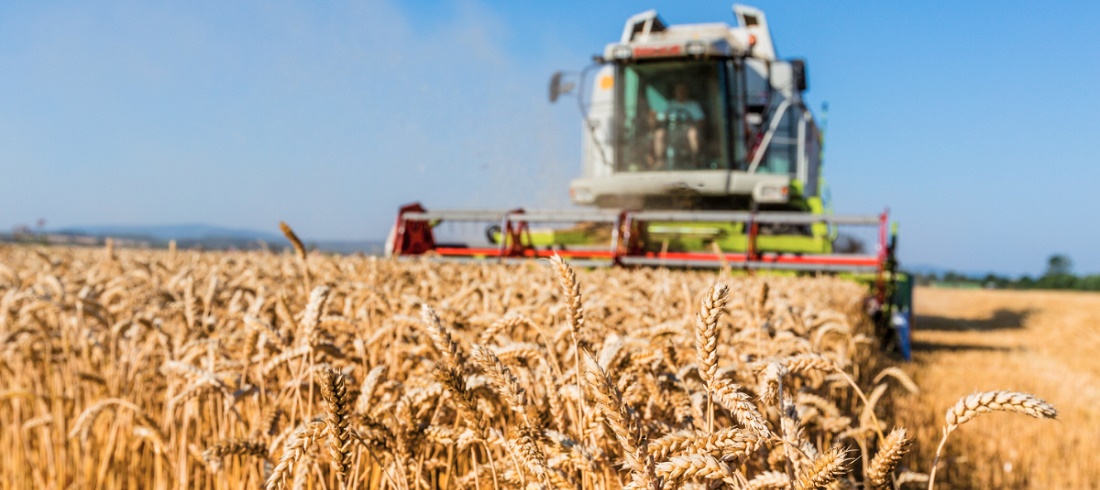
Drought: Report warns of Argentina worst agricultural season in five years
Jan, 12, 2023 Posted by Gabriel MalheirosWeek 202302
The drought affecting over half of Argentina means agricultural production levels this year will be lower than the 2021/2022 season and below the five-year average, especially for wheat.
That is the warning in a report from the Grains Exchange, which said the 2022/2023 season is characterized by a complex scenario in which production of the main grains will suffer significant reductions compared with projections made at the start of the season last September.
This complexity is the result of climatic factors, rising input costs and policies that, taken together, “modify producers’ decisions,” the report said.
But the prolonged “La Niña” phenomenon, which has occurred for the third consecutive year, “has worsened the situation yet further, complicating sowing and crop development and the area suitable for planting, triggering a drop in potential yields,” the Exchange warned.
Likewise, the report added that the productive stage of winter crops is over and given the drought, production levels are below the previous year and the five-year average.
The drought in Argentina also affects summer crops, therefore the scenario for the coming months is still uncertain for soybeans, corn and sunflowers, they added.
The Grains Exchange also noted that even when some rain has been registered in farming areas in the last weeks, they have been insufficient, below the average of recent years.
Therefore, the institution revealed that since last September the levels of barley and wheat production fell by 1.2 million and 5.1 million tons, respectively, and ended up with production figures of 3.8 million and 12.4 million.
See below Argentina’s exports of wheat (hs code 1001) in containers from Jan 2019 to Nov 2022. The data is from DataLiner.
Argentina’s wheat exports | Jan 2019 – Nov 2022 | TEUs
Source: DataLiner (click here to request a demo)
In broad terms, they said the lack of rain throughout the farming season, together with the repeated frosts in critical times for yield definitions, have caused reductions and losses of farming areas: the Córdoba Center-North and South, and the North of La Pampa–West of Buenos Aires are the most affected.
Likewise, at the beginning of the wheat sowing season, the lack of surface humidity over the center-north of the farming area prevented farmers from completing their sowing plans, which took away from the 2022/23 campaign some 600,000 hectares of wheat that were concentrated mostly in the North West, the North East, Cordoba and Santa Fe’s Center-North, and the Northern Core.
The institution warned that the fall in grains production causes a reduction of exports, tax collection linked to the sector, and its contribution to the GDP.
Source: Ámbito
To read the full original reporting, please visit: https://www.ambito.com/economia/sequia/advierten-que-sera-la-peor-campana-agricola-las-ultimas-cinco-n5626716
-
Meat
Jan, 06, 2021
0
Brazilian pork exports grew 36.1% in 2020
-
Jun, 09, 2021
0
Crop failure in Brazil should push orange juice stock to the limit in 2022
-
Grains
Jul, 29, 2022
0
Soybeans: Line-up at Brazilian ports projects shipments of 7.394M tonnes in July
-
Fruit
Aug, 15, 2024
0
Brazil’s Fresh Apple Imports Keep on Rising



